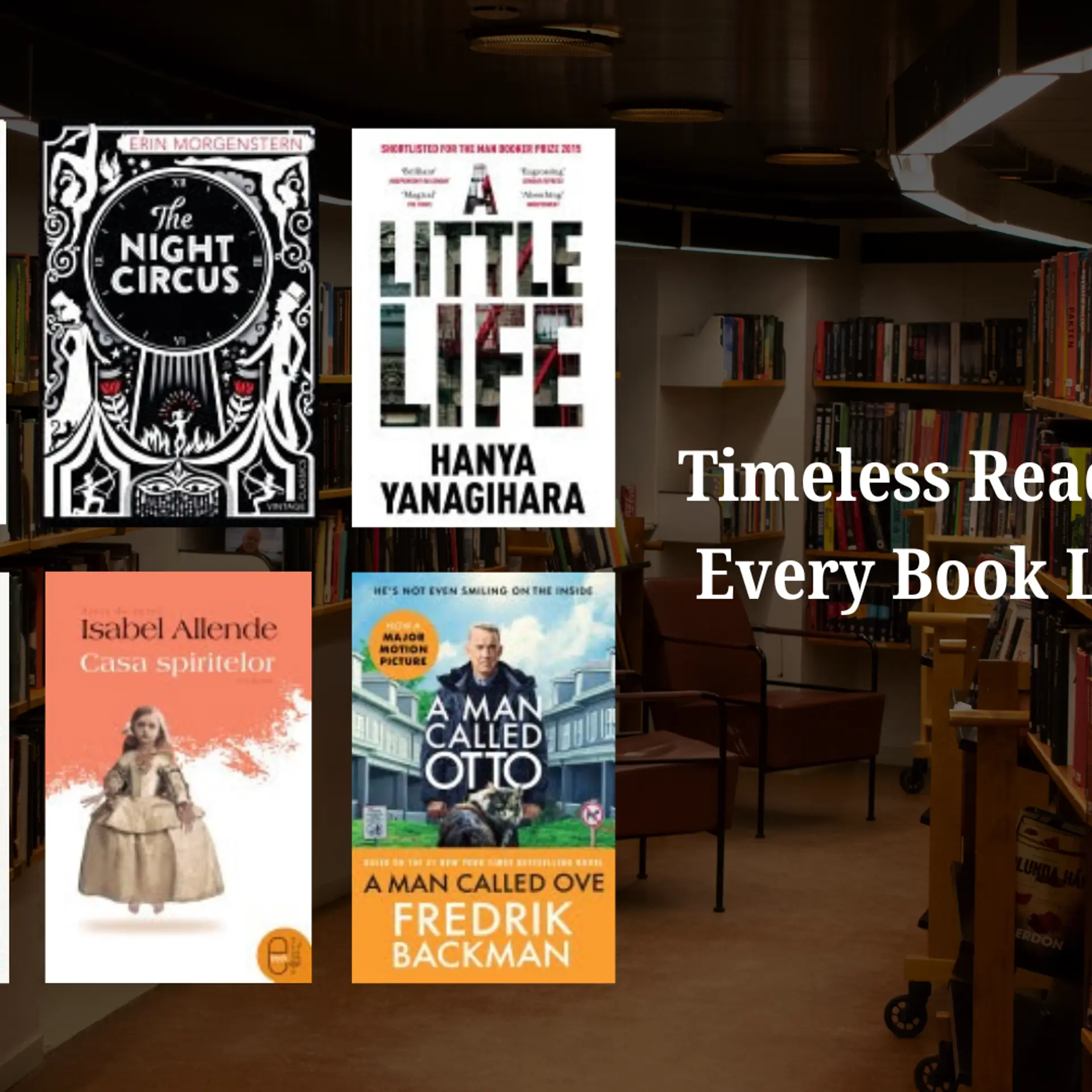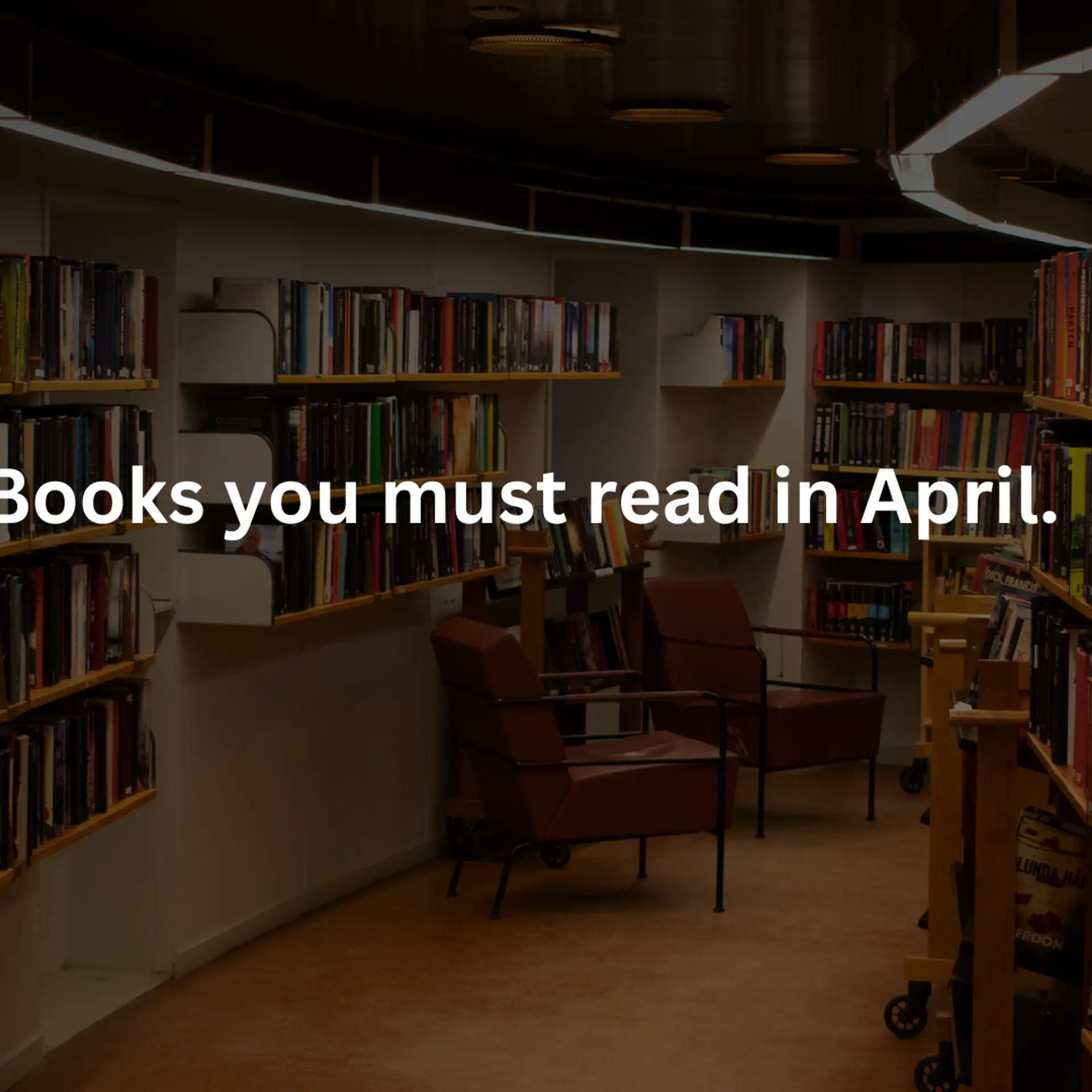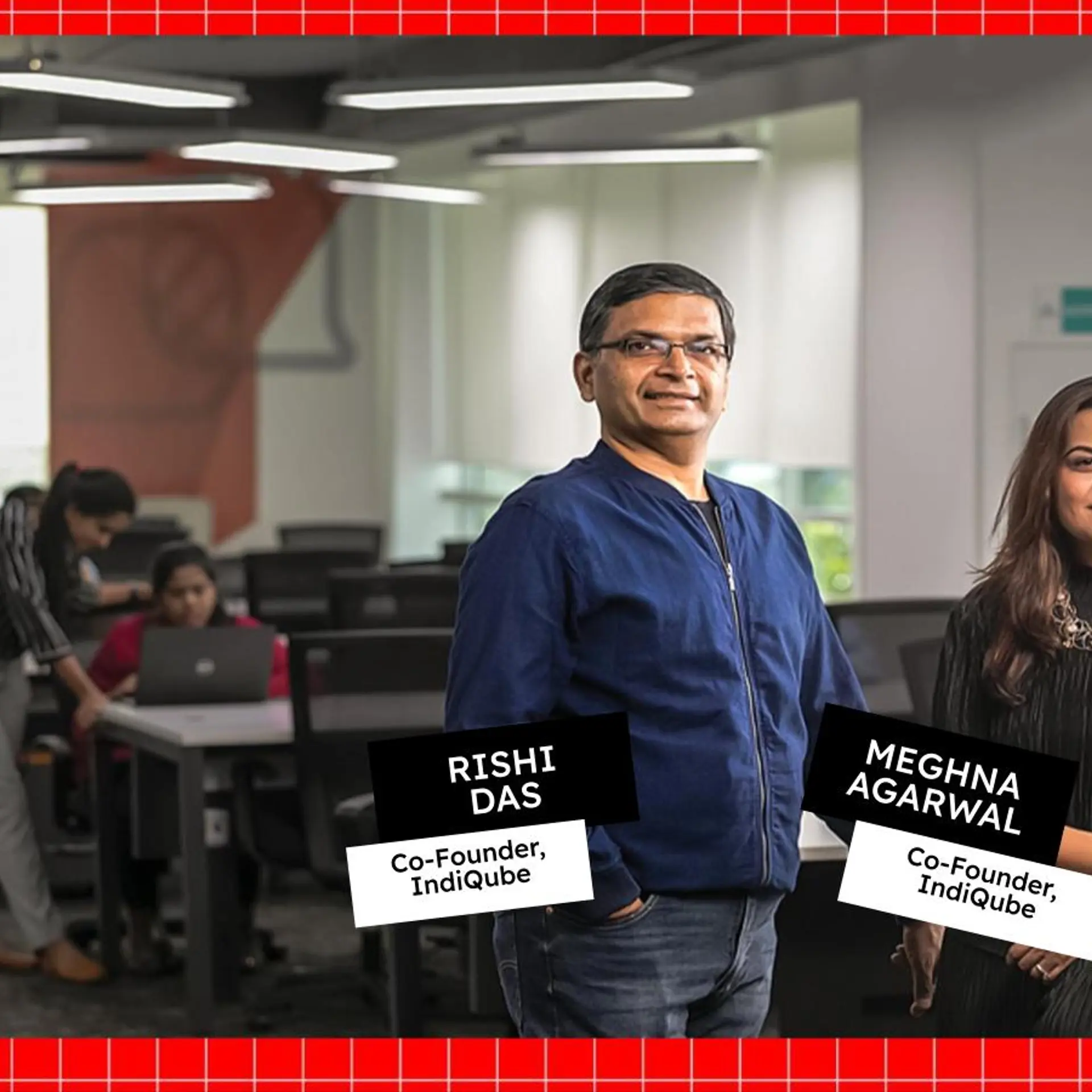How APD’s YesToAccess app is empowering persons with disabilities
YesToAccess, launched by The Association of People with Disability (APD), is an AI-powered mobile app designed to evaluate public spaces for accessibility.
In India, public space accessibility remains a critical challenge for persons with disabilities. The Association of People with Disability (APD)—one of the oldest non-governmental organisations working in this space—designed the YesToAccess app to evaluate public spaces for accessibility.
Officially launched on December 3, 2024, YesToAccess was born out of a simple yet pressing question: How accessible are India’s public spaces?
Over two years ago, APD surveyed persons with disabilities to find answers. “One of the key findings was that there weren’t too many persons with disabilities in public spaces in big cities or smaller towns, and if they were, they were always accompanied by someone. They needed help to navigate these spaces,” says Diwakar Menon, Board Member of APD.
He continues, “Persons with disabilities didn't know what kind of facilities existed in public places. Whether it’s a restaurant, a railway station, or a government office—would they be able to navigate it independently or require assistance?"
The results were telling—accessibility was inadequate and largely undocumented. This lack of information restricted independence, forcing individuals to rely on caregivers or avoid venturing out altogether.
YesToAccess was conceptualised as a tool to bridge this information gap.
The app provides real-time data on accessibility, covering essential factors such as wheelchair ramps, elevators, tactile paths, and accessible restrooms. The initiative aims to empower users with information that allows them to plan their movements better and advocate for necessary infrastructure changes.
How the app works
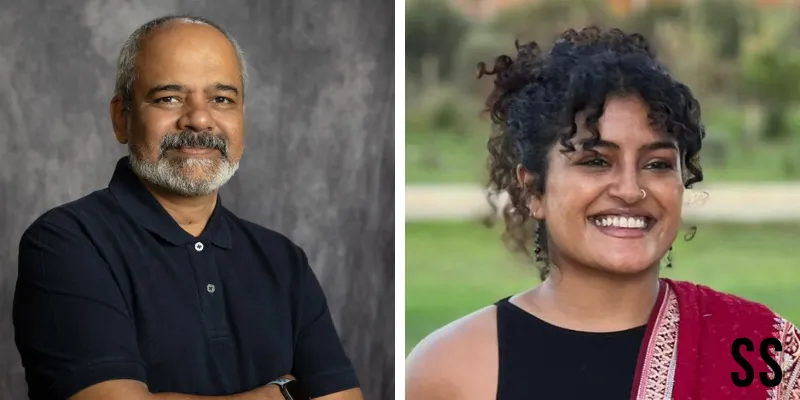
Diwakar Menon, Prerna George
YesToAccess is built around two main types of users—persons with disabilities, the elderly, and anyone with mobility issues like temporarily injured and pregnant people who need accessibility information; and volunteers who audit and contribute to location data.
The app allows users to directly access maps showcasing audited places without requiring registration. “In case you don’t want to share your details, you can still browse the app and find the information you need,” explains Prerna George, Tech Coordinator of the YesToAccess Project, APD.
Users can view a list of accessible locations near them, sorted by categories like hospitals, restaurants, and offices. Filters allow users to refine their search based on accessibility features—whether a place has ramps, tactile paths, Braille signage, or accessible restrooms.
For volunteers, the app provides an intuitive process for conducting audits. They can visit a location and assess key areas like parking, approach to entrance, entrance, internal routes, and toilets.
They can also take pictures of each feature, including their lengths and widths, and the app’s AI-powered engine—trained with extensive data—detects ramps, slopes, handrails, signage, and door widths from these images.
Once the audit is submitted, the data is immediately available for all users. Instead of relying on lengthy manual audits—which can take up to two days for a single building—the app uses a combination of AI and smartphone sensors to provide quick evaluations.
“We realised that a formal audit process is lengthy. So, we focused on minimal yet crucial parameters that actually affect accessibility. AI helps us process this data efficiently.”
As of February 2025, the YesToAccess app has over 3,000 users and 5,000 audited locations in 12 states—Andhra Pradesh, Bihar, Goa, Chandigarh, Jammu & Kashmir, Karnataka, Kerala, Maharashtra, Manipur, Odisha, Tamil Nadu and Uttar Pradesh.
The app supports English and Kannada languages, with Hindi to be added soon. Future updates will include more regional languages.
George points out that the app is not just focused on metro cities. "This was never meant to be an urban-only solution. Almost everyone has a smartphone today, whether in cities or rural areas. We made sure YesToAccess runs on standard, budget-friendly phones, not just high-end devices,” she says.
Prashanth Kumar, a user of the YesToAccess app, says, “I suffered a spinal cord injury, and since I use a wheelchair, accessibility is very important. With the YesToAccess app, I looked for places I needed to visit in my hometown in Kolar. I visited the E-stamp office in the court of Kolar for the first time using this app.”
Driving awareness and volunteer participation
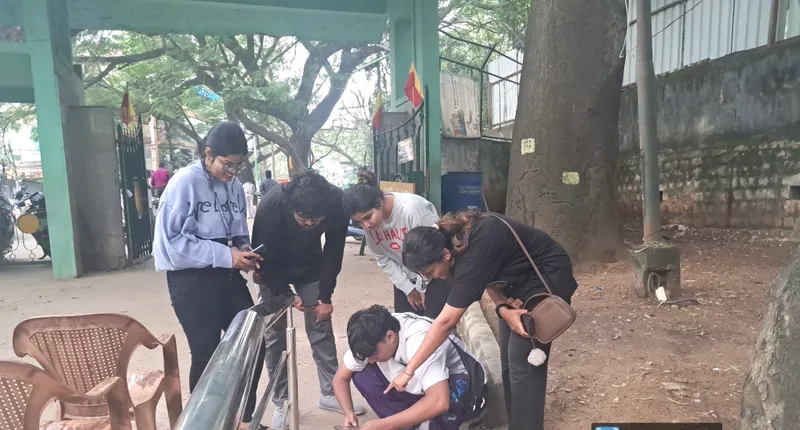
Audit drive
Spreading awareness has been a key challenge in building YesToAccess. “Most of the apps available right now deal with accessibility mapping for wheelchair users. We did not want to limit our app to one disability but wanted to address as many as possible,” George elaborates.
She adds, “When it comes to engagement, it can be hard to convince people this is good as opposed to other kinds of volunteering when you can see the results in front of you. Seeing data as a force for good took some time.”
At present, the Department for Empowerment of Persons with Disabilities (DEPwD) is using the app to launch a nationwide accessibility audit.
Additionally, educational institutions have become a major source of volunteers. "College students need volunteering hours for their CVs. We have been working with colleges to conduct audit drives. Students map out their surrounding areas, logging accessibility data for nearby spaces. A leaderboard feature in the app tracks volunteer contributions, rewarding top contributors with e-certificates,” she adds.
Despite its success, YesToAccess faces challenges like encouraging establishments to act on the collected data. "We can create a huge repository of accessibility data, but the real challenge is getting people to use that information effectively. We need policymakers, businesses, and the public to take action,” Menon asserts.
The app’s database grows with each audit, helping persons with disabilities make informed choices and advocate for better infrastructure, with the YesToAccess app helping build a movement towards a more inclusive India.
Edited by Suman Singh



